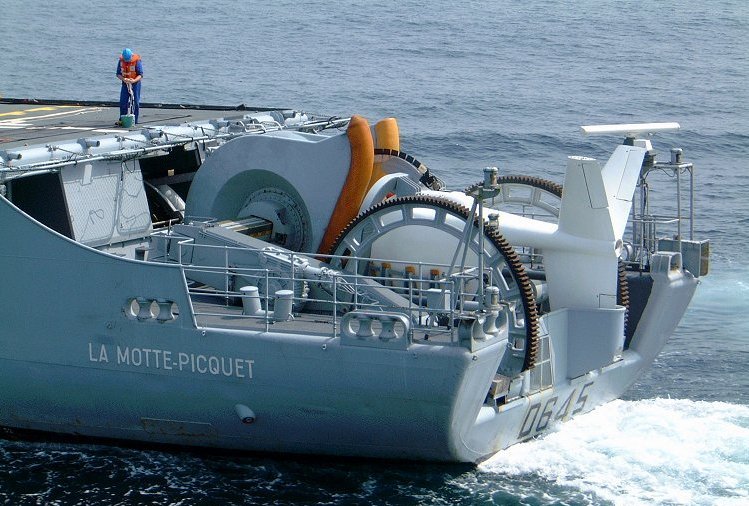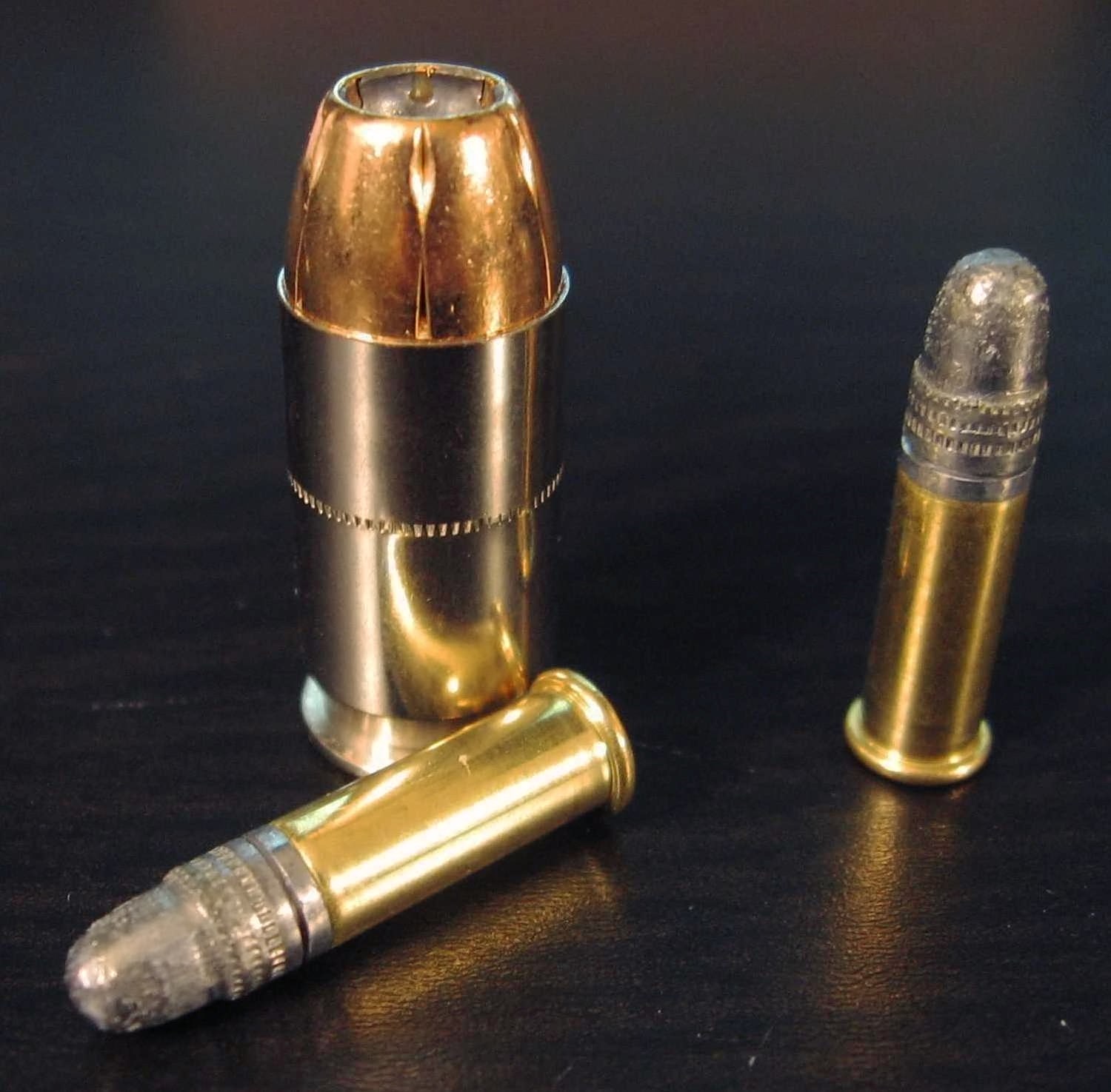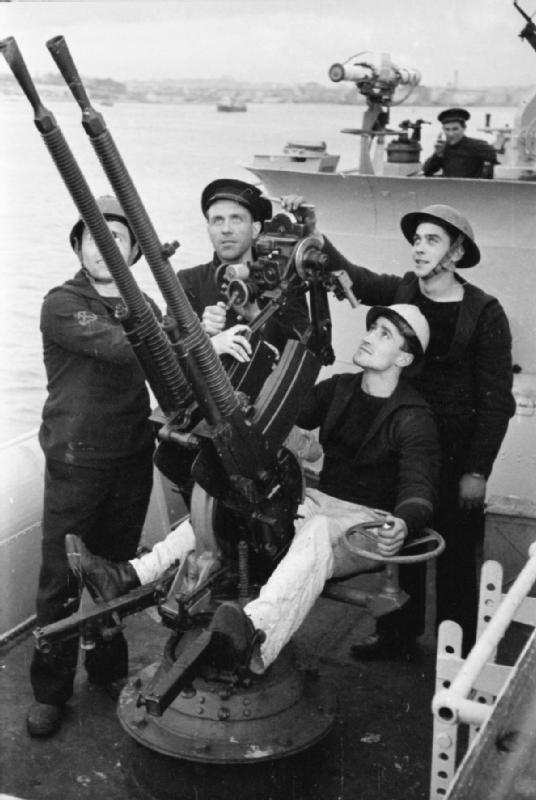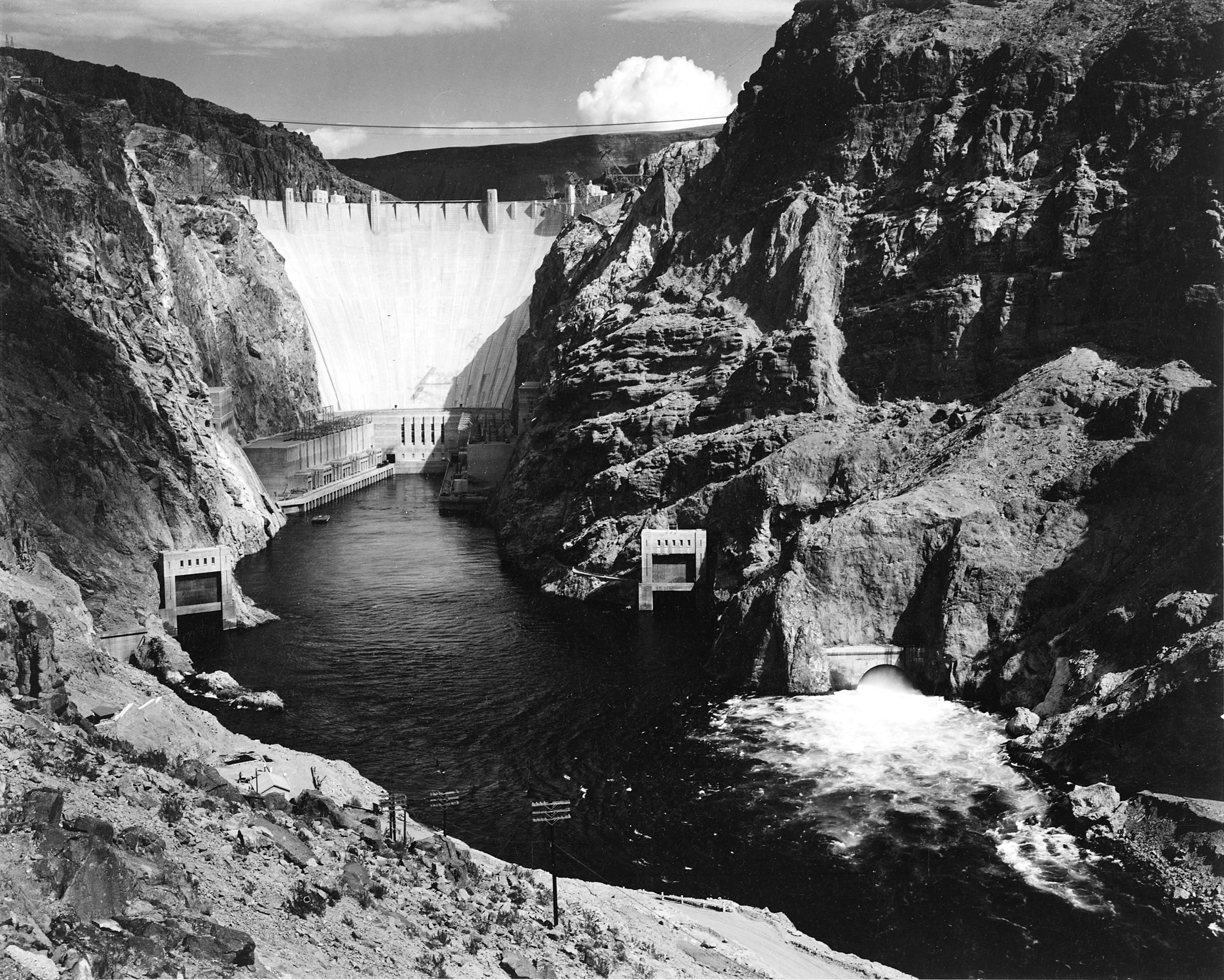|
Japanese Submarine Chaser CH-15
CH-15 was a of the Imperial Japanese Navy during World War II. History CH-15 was laid down by Osaka Iron Works at its Sakurajima Sakurajima (, ) is an active composite volcano, stratovolcano, formerly an island and now a peninsula, in Kagoshima Prefecture in Kyushu, Japan. The lava flows of the 1914 eruption connected it with the Ōsumi Peninsula. It is the most active vo ... shipyard on 26 August 1940, launched on 23 December 1940, and completed and commissioned on 31 March 1941. On 1 November 1946, she was designated a special cargo ship in the Allied Repatriation Service but never assumed duty due to the need for repairs. CH-15 was struck from the Navy List on 30 November 1945 and sold for scrap on 23 April 1948. References Additional references * * * 1941 ships No.13-class submarine chasers Ships built by Osaka Iron Works {{Japan-mil-ship-stub ... [...More Info...] [...Related Items...] OR: [Wikipedia] [Google] [Baidu] |
Empire Of Japan
The Empire of Japan, also known as the Japanese Empire or Imperial Japan, was the Japanese nation state that existed from the Meiji Restoration on January 3, 1868, until the Constitution of Japan took effect on May 3, 1947. From Japan–Korea Treaty of 1910, 1910 to Japanese Instrument of Surrender, 1945, it included the Japanese archipelago, the Kuril Islands, Kurils, Karafuto Prefecture, Karafuto, Korea under Japanese rule, Korea, and Taiwan under Japanese rule, Taiwan. The South Seas Mandate and Foreign concessions in China#List of concessions, concessions such as the Kwantung Leased Territory were ''de jure'' not internal parts of the empire but dependent territories. In the closing stages of World War II, with Japan defeated alongside the rest of the Axis powers, the Japanese Instrument of Surrender, formalized surrender was issued on September 2, 1945, in compliance with the Potsdam Declaration of the Allies of World War II, Allies, and the empire's territory subsequent ... [...More Info...] [...Related Items...] OR: [Wikipedia] [Google] [Baidu] |
Osaka Iron Works
, formerly , is a major Japanese industrial and engineering corporation. It produces waste treatment plants, industrial plants, precision machinery, industrial machinery, steel mill process equipment, steel structures, construction machinery, tunnel boring machines, and power plants. Despite its former name, Hitachi Zosen, of which the last word literally means shipbuilding, no longer builds ships, having spun off the business to Universal Shipbuilding Corporation in 2002, nor is it a '' keiretsu'' company of Hitachi any longer. Reflecting this, the company changed its name to Kanadevia in October 2024. History Kanadevia's origins go back to April 1, 1881, when British entrepreneur Edward H. Hunter established in Osaka to develop the Japanese steel-making and shipbuilding industry. Hunter had come to Japan in 1865 and had established the Onohama Shipyard in Kobe before moving to Osaka and establishing a new shipyard at the junction of the Nakatsu and Aki rivers which could ... [...More Info...] [...Related Items...] OR: [Wikipedia] [Google] [Baidu] |
Sakurajima
Sakurajima (, ) is an active composite volcano, stratovolcano, formerly an island and now a peninsula, in Kagoshima Prefecture in Kyushu, Japan. The lava flows of the 1914 eruption connected it with the Ōsumi Peninsula. It is the most active volcano in Japan. , the volcanic activity still continues, dropping volcanic ash on the surroundings. Earlier eruptions built the white sand highlands in the region. On September 13, 2016, a team of experts from Bristol University and the Sakurajima Volcano Research Centre in Japan suggested that the volcano could have a major eruption within 30 years; since then two eruptions have occurred. Sakurajima is a stratovolcano. Its Summit (topography), summit has three peaks, ''Kita-dake'' (northern peak), ''Naka-dake'' (central peak) and ''Minami-dake'' (southern peak) which is active now. Kita-dake is Sakurajima's highest peak, rising to above sea level. The mountain is in a part of Kagoshima Bay known as Kinkō-wan. The former island is part ... [...More Info...] [...Related Items...] OR: [Wikipedia] [Google] [Baidu] |
Length Overall
Length overall (LOA, o/a, o.a. or oa) is the maximum length of a vessel's hull measured parallel to the waterline. This length is important while docking the ship. It is the most commonly used way of expressing the size of a ship, and is also used for calculating the cost of a marina berth (for example, £2.50 per metre LOA). LOA is usually measured on the hull alone. For sailing ships, this may ''exclude'' the bowsprit and other fittings added to the hull. This is how some racing boats and tall ships use the term LOA. However, other sources may include bowsprits in LOA. Confusingly, LOA has different meanings. "Sparred length", "Total length including bowsprit", "Mooring length" and "LOA including bowsprit" are other expressions that might indicate the full length of a sailing ship. LOD Often used to distinguish between the length of a vessel including projections (e.g. bow sprits, etc.) from the length of the hull itself, the Length on Deck or LOD is often reported. T ... [...More Info...] [...Related Items...] OR: [Wikipedia] [Google] [Baidu] |
Imperial Japanese Navy Technical Department
The was the externally operating division of the Ministry of the Navy of Japan responsible for the administration of naval vessel construction. From 1923 onward, it took on the role of a research institution for the research and development of naval technologies and engineering. This included studying and investigating existing western naval technology, developing and overseeing Japan's domestic shipbuilding and arms industries, and training officers to become naval engineers and inspectors. The bureau was dismantled along with the naval ministry in November 1945 after Japan surrendered to the Allies at the end of World War II. Taishō period weapons The Department developed various weapons during the Taishō period. These were known a "Xth Year Type" weapons, with the year being the year of the Taishō Emperor's reign (dating from 30 July 1912 - 25 December 1926). [...More Info...] [...Related Items...] OR: [Wikipedia] [Google] [Baidu] |
Sonar
Sonar (sound navigation and ranging or sonic navigation and ranging) is a technique that uses sound propagation (usually underwater, as in submarine navigation) to navigate, measure distances ( ranging), communicate with or detect objects on or under the surface of the water, such as other vessels. "Sonar" can refer to one of two types of technology: ''passive'' sonar means listening for the sound made by vessels; ''active'' sonar means emitting pulses of sounds and listening for echoes. Sonar may be used as a means of acoustic location and of measurement of the echo characteristics of "targets" in the water. Acoustic location in air was used before the introduction of radar. Sonar may also be used for robot navigation, and sodar (an upward-looking in-air sonar) is used for atmospheric investigations. The term ''sonar'' is also used for the equipment used to generate and receive the sound. The acoustic frequencies used in sonar systems vary from very low ( infrasonic) to e ... [...More Info...] [...Related Items...] OR: [Wikipedia] [Google] [Baidu] |
Caliber
In guns, particularly firearms, but not #As a measurement of length, artillery, where a different definition may apply, caliber (or calibre; sometimes abbreviated as "cal") is the specified nominal internal diameter of the gun barrel Gauge (firearms), bore – regardless of how or where the bore is measured and whether the finished bore matches that specification. It is measured in inches or in millimetres, millimeters]ref name=barnes2016-p9> In the United States it is expressed in hundredths of an inch; in the United Kingdom in thousandths; and elsewhere in millimeters. For example, a US "45 caliber" firearm has a barrel diameter of roughly 0.45 inches (11.43mm). Barrel diameters can also be expressed using metric dimensions. For example, a "9 mm pistol" has a barrel diameter of about 9 millimeters. Since metric and US customary units do not convert evenly at this scale, metric conversions of caliber measured in decimal inches are typically approximations of the precise spe ... [...More Info...] [...Related Items...] OR: [Wikipedia] [Google] [Baidu] |
Hotchkiss M1929 Machine Gun
The Hotchkiss 13.2 mm machine gun (), also known as the Hotchkiss M1929 machine gun (''Mle 1929'', ''Mle 1930'', etc.), was a heavy machine gun, primarily intended for anti-aircraft use, designed and manufactured by French arms manufacturer Hotchkiss et Cie from the late 1920s until World War II, which saw service with various nations' forces, including Italy and Japan where the gun was built under license. Development In the 1920s, Hotchkiss developed a range of anti-aircraft automatic weapons in the 13.2, 25 and 37 mm calibers. They were all based on the same type of gas-operated action, similar to the one used in the 8 mm Hotchkiss Mle 1914 machine gun, which had proven extremely reliable during World War I and was still in service. The 13.2 mm machine gun project was started in 1922 as an aircraft machine gun, but the French government classified the belt-fed version (while not funding its further development), and only the magazine version (only usef ... [...More Info...] [...Related Items...] OR: [Wikipedia] [Google] [Baidu] |
Depth Charge
A depth charge is an anti-submarine warfare (ASW) weapon designed to destroy submarine A submarine (often shortened to sub) is a watercraft capable of independent operation underwater. (It differs from a submersible, which has more limited underwater capability.) The term "submarine" is also sometimes used historically or infor ...s by detonating in the water near the target and subjecting it to a destructive shock factor, hydraulic shock. Most depth charges use high explosives with a fuze set to detonate the charge, typically at a specific depth from the surface. Depth charges can be dropped by ships (typically fast, agile surface combatants such as destroyers or frigates), patrol aircraft and helicopters. Depth charges were developed during World War I, and were one of the first viable methods of attacking a submarine underwater. They were widely used in World War I and World War II, and remained part of the anti-submarine arsenals of many navies during the Cold War, duri ... [...More Info...] [...Related Items...] OR: [Wikipedia] [Google] [Baidu] |
Imperial Japanese Navy
The Imperial Japanese Navy (IJN; Kyūjitai: Shinjitai: ' 'Navy of the Greater Japanese Empire', or ''Nippon Kaigun'', 'Japanese Navy') was the navy of the Empire of Japan from 1868 to 1945, Potsdam Declaration, when it was dissolved following surrender of Japan, Japan's surrender in World War II. The Japan Maritime Self-Defense Force (JMSDF) was formed between 1952 and 1954 after the dissolution of the IJN. The IJN was the third largest navy in the world by 1920, behind the Royal Navy and the United States Navy (USN). It was supported by the Imperial Japanese Navy Air Service for reconnaissance and airstrike operations from the fleet. It was the primary opponent of the Allies of World War II, Western Allies in the Pacific War. The IJN additionally fielded Imperial Japanese Navy land forces, limited land-based forces, including Special Naval Landing Forces, professional marines, Japanese marine paratroopers of World War II, marine paratrooper units, anti-aircraft defense units ... [...More Info...] [...Related Items...] OR: [Wikipedia] [Google] [Baidu] |
World War II
World War II or the Second World War (1 September 1939 – 2 September 1945) was a World war, global conflict between two coalitions: the Allies of World War II, Allies and the Axis powers. World War II by country, Nearly all of the world's countries participated, with many nations mobilising all resources in pursuit of total war. Tanks in World War II, Tanks and Air warfare of World War II, aircraft played major roles, enabling the strategic bombing of cities and delivery of the Atomic bombings of Hiroshima and Nagasaki, first and only nuclear weapons ever used in war. World War II is the List of wars by death toll, deadliest conflict in history, causing World War II casualties, the death of 70 to 85 million people, more than half of whom were civilians. Millions died in genocides, including the Holocaust, and by massacres, starvation, and disease. After the Allied victory, Allied-occupied Germany, Germany, Allied-occupied Austria, Austria, Occupation of Japan, Japan, a ... [...More Info...] [...Related Items...] OR: [Wikipedia] [Google] [Baidu] |
1941 Ships
The Correlates of War project estimates this to be the deadliest year in human history in terms of conflict deaths, placing the death toll at 3.49 million. However, the Uppsala Conflict Data Program estimates that the subsequent year, 1942, was the deadliest such year. Death toll estimates for both 1941 and 1942 range from 2.28 to 7.71 million each. Events Below, the events of World War II have the "WWII" prefix. January * January–August – 10,072 men, women and children with mental and physical disabilities are asphyxiated with carbon monoxide in a gas chamber, at Hadamar Euthanasia Centre in Germany, in the first phase of mass killings under the Aktion T4 program here. * January 1 – Thailand's Prime Minister Plaek Phibunsongkhram decrees January 1 as the official start of the Thai solar calendar new year (thus the previous year that began April 1 had only 9 months). * January 3 – A decree (''Normalschrifterlass'') promulgated in Germany by Martin Borm ... [...More Info...] [...Related Items...] OR: [Wikipedia] [Google] [Baidu] |








